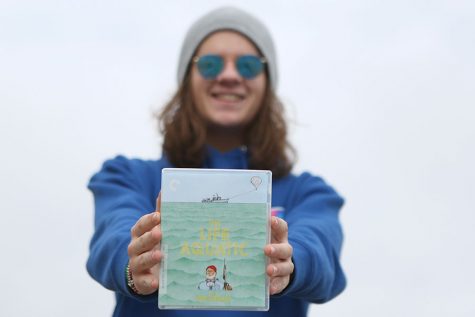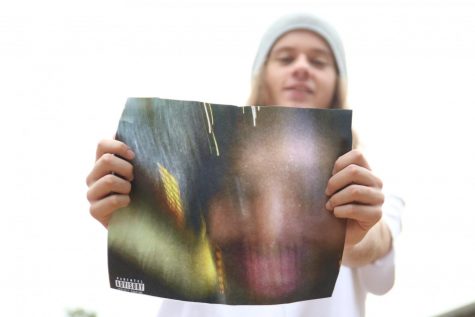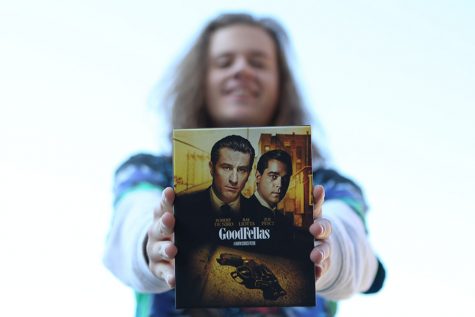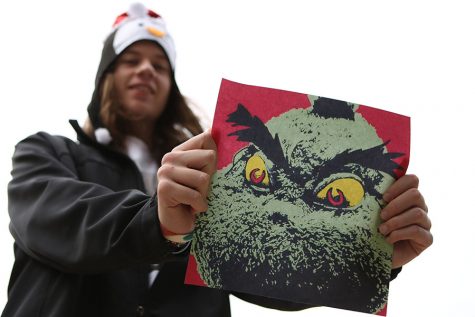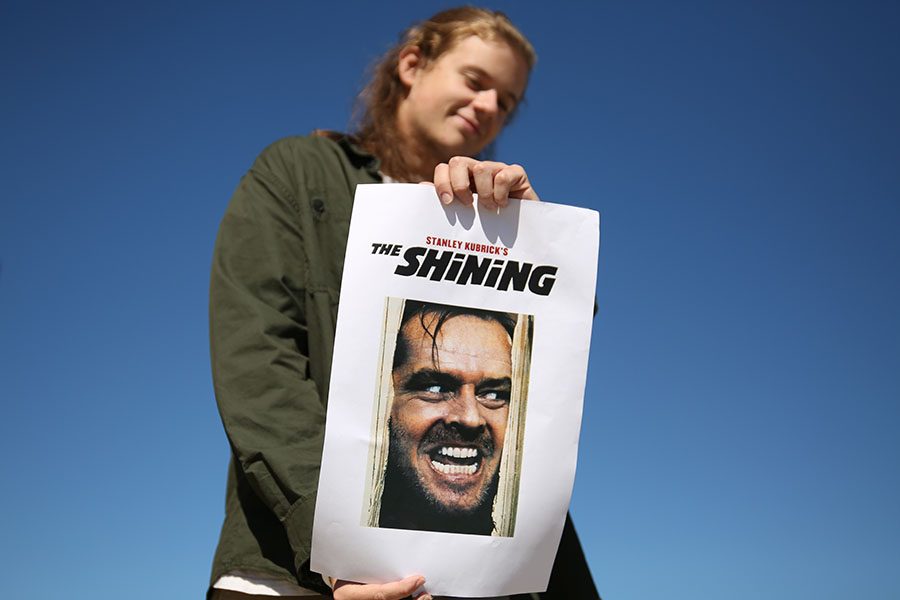Opinion | Bona Fide | “The Shining”
A Review of Stanley Kubrick’s “The Shining”
WARNING: “The Shining” is rated R by the MPAA for language, sexual content, brief violence and disturbing images.
The infamous, forever-iconic “The Shining” (1980) is a must-see because of its ability to illustrate the effects cabin fever and create a chilling tale that scares through its overall terrifying atmosphere.
The film follows Jack Torrance (Jack Nicholson) and his family who agree to watch The Overlook Hotel isolated in the mountains during the hotel’s off-season. The previous families that served as caretakers experienced violence at The Overlook. This negative history contributes the the hotel’s negative energy that preys upon Jack Torrance who is left to his thoughts. His anger builds throughout the story.
Written and directed by the mastermind behind classics such as “A Clockwork Orange” and “2001: A Space Odyssey,” Stanley Kubrick already mastered his craft before taking on “The Shining.”
Adapted from Stephen King’s novel of the same name, the film was highly-ridiculed for its lack of correlation to the novel. Early screenings considered it to be a box-office bomb and the film was met with disappointment even garnering two Razzie nominations.
Nonetheless, “The Shining” was ahead of its time. The film now stands as one of the best of all time and is on IMDB’s Top Rated Films list holding #60.
Never before had a horror film created a state of fear in my soul merely from its atmosphere and overall style. The Torrances’ isolation and cabin-fever-fed insanity increases the tension of nail-biting moments to a near breaking point all the way until the climax of the picture.
The film feels as if something is going to attack the senses around every corner and continuously builds tension through its 142-minute runtime but never fully succumbs to horror-film norms.
“The Shining” holds back from becoming a slasher/jump-scare cliché and is the ultimate execution of true horror through a slow-burn that pays off through its unbearably-creepy atmosphere and bizarre moments.
Nicholson’s performance is the most menacing and devoted performance of his career. His ability to gradually develop his psychosis ultimately through growing cabin fever and devolve into a violence-crazed monster is one for the books.
Wendy Torrance: “Please! Don’t hurt me!”
Jack Torrance: “I’m not gonna hurt you”
Wendy Torrance: “Stay away from me!”
Jack Torrance: “Wendy? Darling? Light, of my life. I’m not gonna hurt ya. You didn’t let me finish my sentence. I said, I’m not gonna hurt ya. I’m just going to bash your brains in”
[Wendy gasps]
Jack Torrance: [laughs] “Gonna bash em right the f**k in!”
Not including Nicholson’s performance, Kubrick’s direction and John Alcott’s cinematography are what make “The Shining.” The relationship between the camera use and direction create the ultimate feeling of anxiety through long, dead-silent shots, a feeling that doesn’t leave the body until the next sleep cycle.
The music, when used, is another huge contribution to the petrifying motion picture building off of the tension through Wendy Carlos and Rachel Elkind’s synth-infused score. From the opening of the credits the score creeps into the nerves and electrifies goosebumps through every hair on the skin.
The one and only downside to Kubrick’s horror masterpiece is Shelley Duvall’s performance as Wendy Torrance. Every word that comes out of her mouth feels forced as if she’s putting on the facade of a mother the whole film and cannot comprehend simple emotions, such as love and fear.
Otherwise, Kubrick understood horror better than any other filmmaker in his time and created bona fide psychological terror with his unsettling take on the genre influencing thousands to come with his staple in film culture: “The Shining.”
Check out “The Shining” on Decider to find the perfect streaming service.
Your donation will support the student journalists of Eureka High School - MO. Your contribution will allow us to purchase equipment and cover our annual website hosting costs.

This is Margherita's fifth semester on staff where he serves as an opinions writer for the EHS_hub. Marghertia enjoys discovering new music, traveling...

This is Peterson's seventh semester on staff where she serves as the Managing Editor for both the Eurekana Yearbook and EHS-hub. Peterson enjoys sleeping,...


















